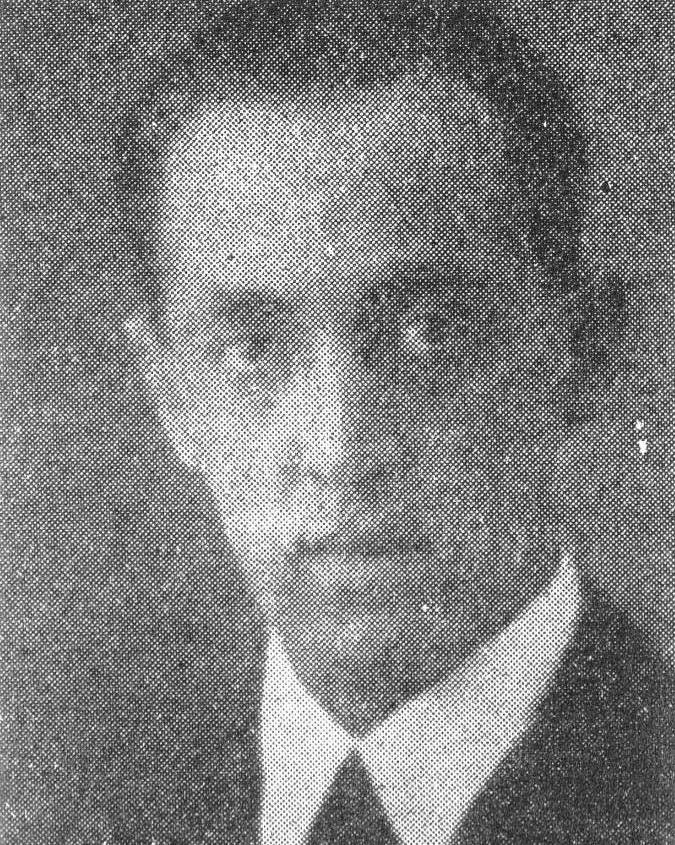Joseph RAYNEFELD
January 3, 2019Sam RINGER
January 3, 2019Alexandre RIEMER
LWOW (GALICIA) 1889 – DEPORTED TO AUSCHWITZ 1942
Alexandre Riemer was born into a family of intellectuals and studied art in a technical college in Lwow. He left for Dresden where he continued to study at the School of Fine Arts. The paintings that he produced at that time have been kept in Dresden. In 1927, he arrived in Paris and met Léopold Survage and Jean Lurçat, who influenced his painting. He drew numerous sketches in sketchbooks that have never been found. In 1935, Alexandre Riemer joined the Union des Artistes Modernes in Paris. Some of his lithographs were published in the association’s album by Artes. On the morning of July 16, 1942, four French police officers arrested him during the Vel d’Hiv roundup. He was interned in Drancy and deported on July 19, 1942 on convoy number 7. He was murdered in Auschwitz.
Stories of Jewish Artists of the School of Paris 1905-1939
FRENCH-ENGLISH
Capitale des arts, le Paris des années 1905-1939 attire les artistes du monde entier. De cette période de foisonnement, un terme est resté, celui d'Ecole de Paris, qui recouvre une grande diversité d'expression artistique. Dans ce brassage dont Montparnasse est le creuset, un groupe se distingue : celui des artistes juifs venus de Russie, de Pologne et d'Europe centrale. Si leurs styles sont variés, un destin commun les rassemble : ils fuient l'antisémitisme de leur pays d'origine. Certains ont connu la célébrité dès les années 1920, tels Soutine, Lipchitz ou Chagall. D'autres n'ont pas eu le temps ou la chance d'y accéder. Près de la moitié a péri dans les camps de concentration nazis.
From 1905 to 1939, Paris attracted artists from all over the globe as the capital of the art world. This period of artistic proliferation became known as the School of Paris, and includes a great diversity of artistic expression. Within the teeming art world centred on Montparnasse, one group set itself apart: Jewish artists from Russia, Poland, and Central Europe. Although their styles were diverse, they shared the common fate of fleeing anti-Semitic persecutions in their home countries. Some became famous in the 1920s, such as Soutine, Lipchitz, and Chagall, while others did not have the time or the luck to gain renown. Nearly half of these artists died in Nazi concentration camps.





